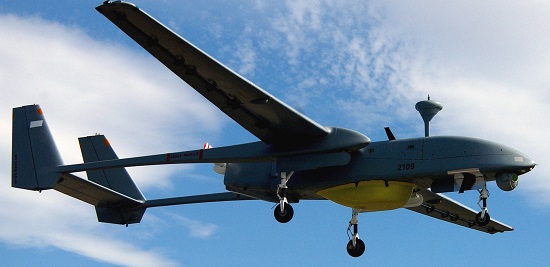At a time when unmanned aerial systems (UAS) are in most demand for anti-terrorists missions, reports have surfaced that the United States military has lost a record number of drones in major crashes.
As many as 20 US Air Force drones crashed in 2015, according to documents obtained by the Washington Post.
No one has been reported killed in any of the crashes but military drones have been known to hit homes, runways, roads, waterways an even an Air Force C-130 Hercules plane in midair.
In one instance, a Predator drone crashed in Kandahar because its pilot did not realize she was flying the aircraft upside-down.
The mishaps have put a strain on the military’s fleet of drones.
The MQ-9 Reaper drone developed by General Atomic Aeronautical Systems for the U.S. Air Force is the favoured UAV for conducting surveillance and airstrikes against groups like the al-Qaeda and ISIS. However, the “hunter-killer” drone appears to be plagued by a faulty starter-generator that causes the robotic aircraft to lose power and crash, according to the findings by investigators.
RELATED CONTENT
Armed drones to play a greater role in Air Force
Resolving Canada’s fighter jet dilemma: Are drones and missiles the answer?
The drone fleet is also hampered by inaccurate signal intelligence (SIGINT) as well as bad weather and long distances.
The U.S. Air Force has had to cut back on its drone strikes by eight per cent due to pilot shortages. There are about 1,000 drone pilots in the service and some 180 new drone pilots graduate each year. However, about 240 drone pilots quit annually.
Some drone pilots have complained of post-traumatic stress disorder due to the strain brought about by targeted killing. The Air Forces has offered bonuses up to $125,000 in order to retain pilots.
In Canada, the Royal Canadian Air Force is leaning towards expanding the role of surveillance and strike drones in monitoring the country’s territory and in supporting troops deployed abroad.
Public Services Procurement Canada recently revived a request for information for the Joint Unmanned Surveillance Tactical Acquisition Systems (JUSTAS).
Last year, it was reported that the RCAF expects to award a UAS contract by 2019 and have all aircraft delivered by 2023.
